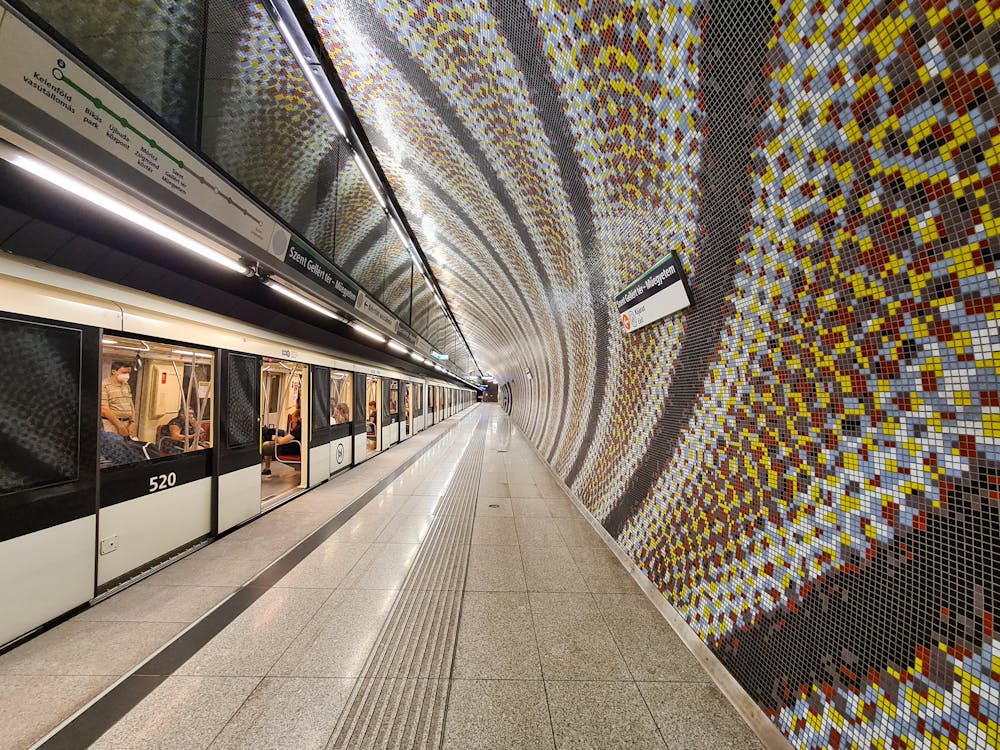The art world is undergoing a revolutionary transformation with the advent of Web3 technologies. At the heart of this change is Gallery Land Nodes, a pioneering platform that leverages blockchain to empower artists and art enthusiasts alike. This article delves into how Gallery Land Nodes and the broader Web3 art platform are redefining the creative landscape, providing artists with unprecedented opportunities and redefining how art is created, distributed, and appreciated.

What is Gallery Land Nodes?
GalleryLand Nodes is an innovative platform built on blockchain technology designed to support and showcase digital art. It offers a decentralized network where artists can mint, exhibit, and sell their work as NFTs (Non-Fungible Tokens). This decentralization ensures that artists retain more control over their creations, bypassing traditional gatekeepers like galleries and auction houses.
How Web3 Transforms the Art World
Web3, the next iteration of the internet, introduces a decentralized web, fundamentally altering how we interact with digital content. In the art world, this means:
1. Ownership and Provenance
Blockchain technology ensures transparent and immutable records of ownership and provenance. Each piece of art on GalleryLand Nodes is tied to an NFT, providing a verifiable history that can prevent forgery and enhance trust among buyers.
2. Democratizing Art Access
Web3 platforms like GalleryLand Nodes make art more accessible. Artists from any part of the world can reach global audiences without the need for intermediaries. This democratization of access breaks down geographical and economic barriers that have traditionally restricted many artists.
3. Enhanced Revenue Streams
Through smart contracts, artists can earn royalties on secondary sales of their work. Whenever an NFT changes hands, a percentage of the sale can automatically go back to the original artist. This innovation ensures continuous revenue for creators long after the initial sale.
The Role of GalleryLand Nodes in Empowering Artists
GalleryLand Nodes stands out by providing several key benefits:
1. Direct Connection with Collectors
The platform facilitates direct interactions between artists and collectors. This connection not only helps in building a loyal fanbase but also allows artists to receive feedback and engage with their audience in real-time.
2. Financial Independence
By eliminating middlemen, artists can keep a larger share of their sales. Traditional galleries and auction houses often take significant commissions, but GalleryLand Nodes’ decentralized approach ensures artists get their fair share.
3. Creative Freedom
Artists have complete control over their work, from pricing to distribution. This freedom allows for more experimental and innovative creations, as artists are not bound by the commercial pressures of traditional art markets.
Security and Trust in the Web3 Art Platform
Security is paramount in the digital realm, and GalleryLand Nodes employs robust measures to protect both artists and collectors:
1. Smart Contracts
Smart contracts automate and secure transactions, ensuring that all parties honor the terms of an agreement. This automation reduces the risk of fraud and disputes.
2. Decentralized Storage
Artworks and their associated data are stored on decentralized networks, enhancing security and reducing the risk of data loss or tampering. This method ensures that art remains accessible and preserved over time.
The Future of Art with GalleryLand Nodes and Web3
The integration of Web3 and platforms like GalleryLand Nodes is just the beginning of a broader transformation in the art world. As technology continues to evolve, we can expect even more innovative solutions that will further empower artists and enhance the art experience for collectors.
Artists will likely explore new forms of digital and interactive art, enabled by the unique capabilities of blockchain and Web3 technologies. Additionally, the community-driven nature of these platforms will foster greater collaboration and collective creativity.
Conclusion
GalleryLand Nodes, along with the broader Web3 art platform, represents a significant shift in the art world. By leveraging blockchain technology, these platforms empower artists, ensuring they have control over their work, enhanced revenue opportunities, and direct access to a global audience. As we move forward, the continued evolution of Web3 promises even more exciting developments, solidifying its role as a cornerstone of the future art ecosystem.
FAQs
1. What are NFTs and how do they relate to GalleryLand Nodes?
NFTs, or Non-Fungible Tokens, are digital assets that represent ownership of unique items, verified using blockchain technology. On GalleryLand Nodes, NFTs are used to represent digital artworks, ensuring verifiable ownership and provenance.
2. How can artists benefit financially from GalleryLand Nodes?
Artists can benefit financially by selling their artwork directly to collectors, thereby retaining a larger portion of the sale price. Additionally, smart contracts can be set up to provide artists with royalties on secondary sales.
3. Is it safe to buy art on GalleryLand Nodes?
Yes, GalleryLand Nodes uses blockchain technology and smart contracts to secure transactions and ownership records. The decentralized nature of the platform enhances security and trustworthiness.
4. How does Web3 technology democratize the art world?
Web3 technology removes traditional barriers by allowing artists from around the world to reach global audiences directly. It also provides transparent and fair revenue mechanisms, ensuring artists receive appropriate compensation for their work.
5. What future developments can we expect from GalleryLand Nodes and Web3 art platforms?
Future developments may include more interactive and immersive art experiences, enhanced collaboration tools for artists, and further integration of artificial intelligence and augmented reality into digital art platforms.
By embracing these advancements, artists and collectors can navigate a more inclusive, transparent, and dynamic art ecosystem.